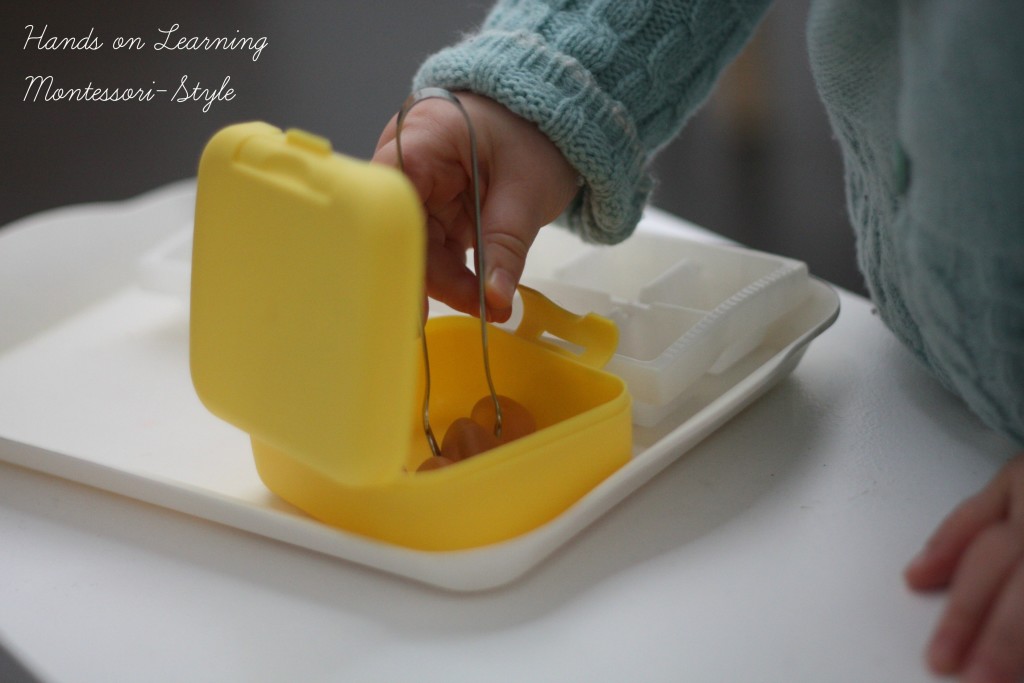“The hands are the instruments of man’s intelligence.” – Dr Maria Montessori
One of the things that distinguishes Montessori from more classical educational approaches is the way children are encouraged to learn by touching, feeling and doing. In traditional learning environments, children sit at desks and listen to a teacher. In contrast, Montessori children are encouraged to move around the classroom and engage with the wide variety of activities available. They choose the activity they would like to work on, bring it to a table or mat, explore the materials and make discoveries for themselves.
Perhaps someone has shown you how to knit, plant seeds or other. It is generally easier to remember the steps if you have the opportunity to try it yourself.
Similarly when children work with their hands, they gain a very concrete understanding of the materials. When we can show children and let them touch and explore, they will make many more neural connections. And later, more abstract learning will naturally evolve from the concrete experiences they have had.
Applying this concept in the classroom:
In our Montessori playgroup, we have many materials where the children first learn through touching and exploring with their hands. In the baby classes for example, the vocabulary baskets are filled with objects the babies explore with their hands and mouth. In the toddler and preschooler classes, we then begin the abstraction process, matching the objects to picture cards.
In a Montessori primary school, children will learn about numbers first by manipulating rods, bead chains, sandpaper numbers and more. Then when they move into upper primary, they will learn to do these sums in an abstract manner straight onto paper. This process scaffolds skills, moving from concrete to abstract concepts. In a similar way, as preparation for writing and reading, the children first touch, feel, and hear the letters whilst working with materials such as the sandpaper letters and moveable alphabet. Later they move towards synthesising these sounds into words.
When manipulating materials with our hands, you also make use of your motoric memory. This again enriches the learning process. And it can be much more interesting and valuable to make discoveries for yourself than to be simply told what you need to know.
Applying this concept at home:
At home, it is also nice to allow your child to explore. For young babies, provide rich sensorial experiences and objects to touch and explore; and for toddlers and preschoolers, the children love to work alongside you in your daily life, for example, sweeping, cleaning and washing up.
Actions also speak louder than words with young children. So it is often easier to show a toddler, than explain; often easier to work alongside, than give instructions from afar; and more fun to explore the world together.
What do you think? I’d be interested to hear your thoughts too.

Leave a Reply